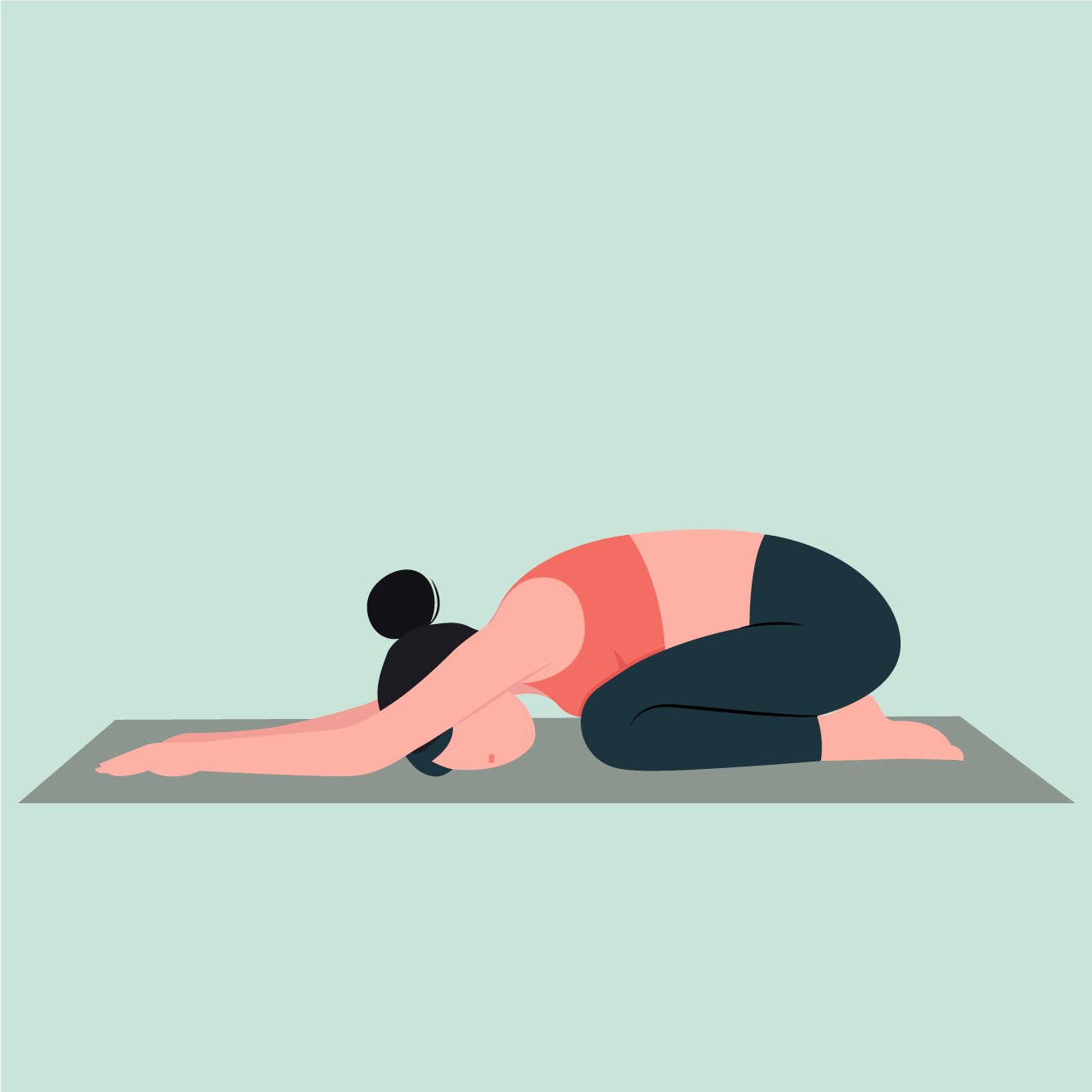5 Tips To Make Your ACL Rehab More Successful
ACL rehab is a mentally and physically challenging process. It takes 9-12+ months and the high re-injury rate (1 in 5 people) is not exactly comforting. Here are 5 tips to make the process a little smoother.
1) Prehab your knee before surgery. Studies have shown that getting the knee as close to pre-injury levels (i.e. strength and range of motion) as possible prior to surgery significantly improves post-surgical outcomes. Getting the knee as strong and mobile as possible establishes a better foundation and starting point after ACL surgery, ultimately making the rehab process much easier.
2) Be proactive with your rehab. Prior to ACL surgery, it is important to educate yourself. Know what to expect, and generally what your goals should be at various points throughout your rehab. While these goals may change, having a general idea of where your knee should be at during specific time frames will help you to know if you are on track. If you aren’t meeting a lot of your goals, ask your provider why. Don’t wait until the problems get more serious.
3) Find the right provider for you. Find a provider that prioritizes your health. You will be working with this person for an extended period of time so it is important that this provider is knowledgeable and spends the necessary time with you to see you get well rather than just pass you off to an aide after 15 minutes. Having the right provider can drastically improve your rehab experience and outcomes after surgery.
If you aren’t meeting your goals during ACL rehab, ask your provider why. Don’t wait until the problems get more serious.
4) Be diligent and trust the process. Many patients get discouraged when the progress is slower than they want, especially early on. Getting strong biceps doesn’t happen overnight, it takes time and consistency for there to be any lasting changes. Building a strong, resilient knee is no different so make sure you are compliant with your home exercise program. Don’t look back months from now and wish you would have done more.
5) Do your secondary injury prevention. Just because you’ve been cleared back to full activity doesn’t mean that you can just neglect the things you worked on during rehab. Continuing a secondary injury prevention program significantly reduces the risk of re-injury. I oftentimes relate secondary prevention back to sports. You don’t just stop practicing because you’ve mastered a skill. Keeping your surgically repaired knee healthy for the remainder of your active life requires the same approach.
In conclusion, ACL rehab isn’t easy. Anyone who tells you otherwise is lying to you. That being said, there are steps you can take to make the process more successful. Educate yourself and take an active approach before, during, and after your rehab to make sure that you do everything you can to get back to living life on your own terms.
Other Posts You Might Like
















